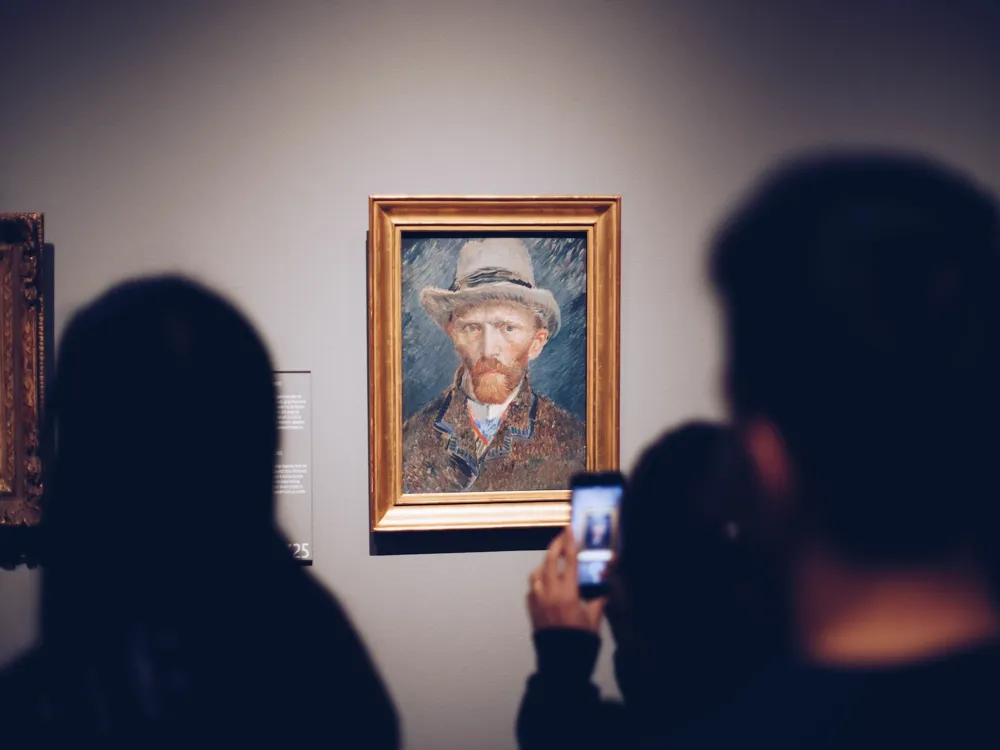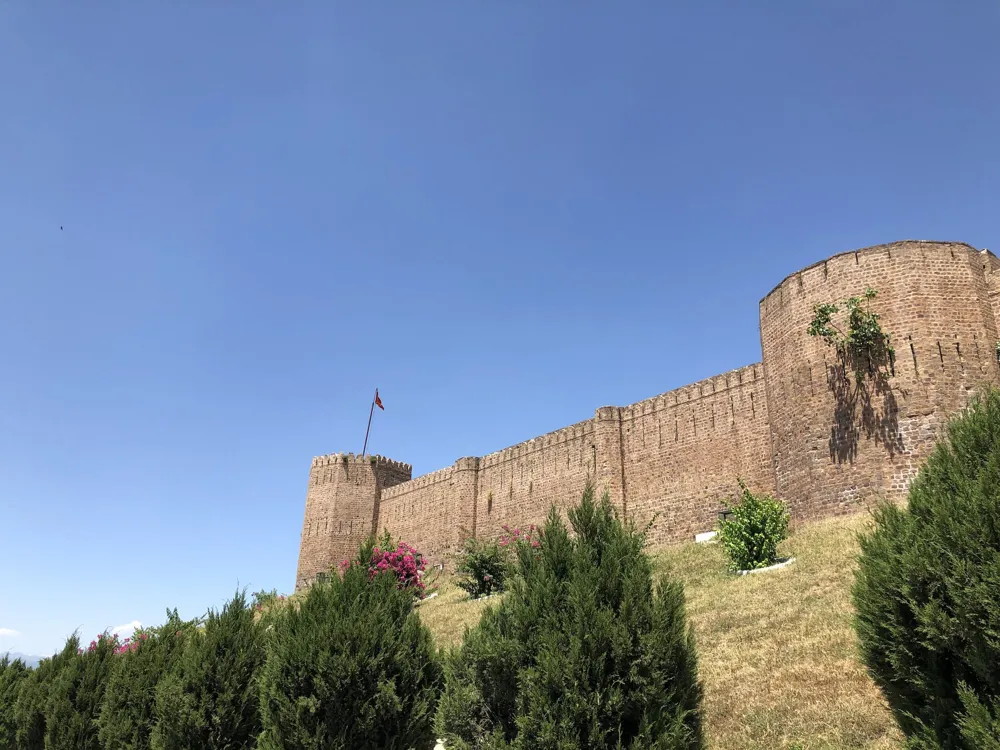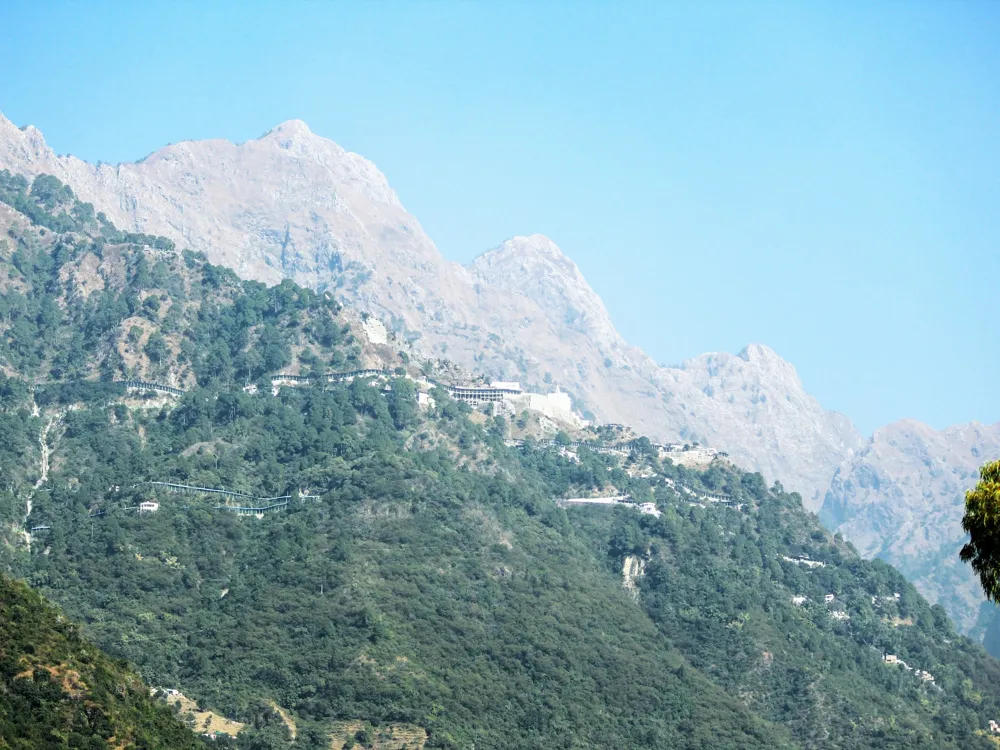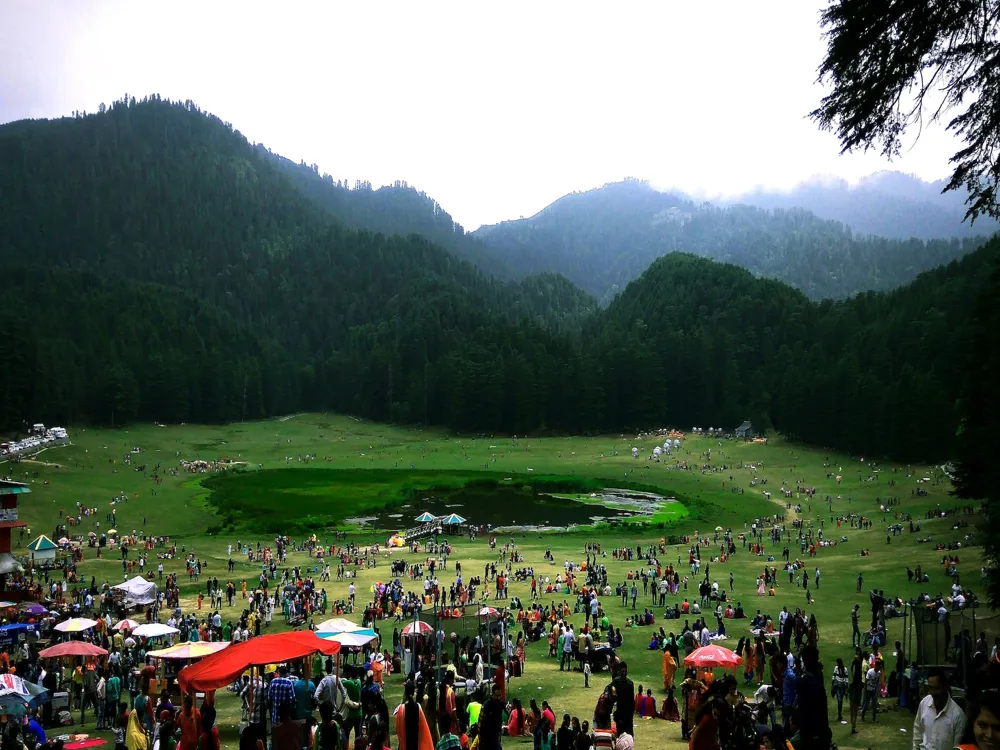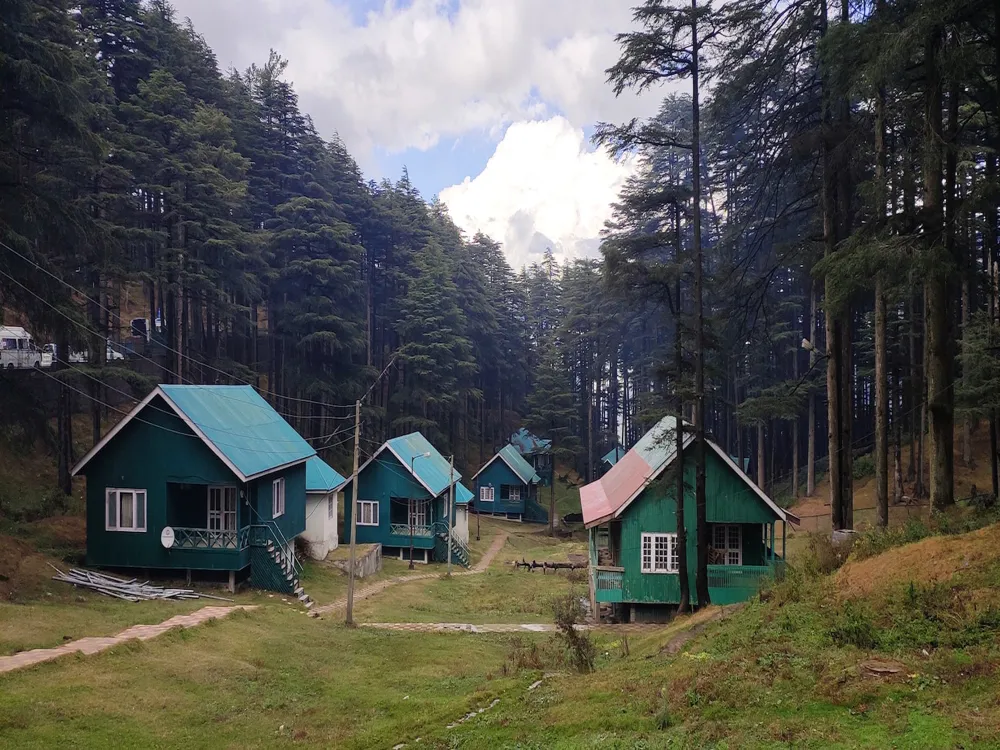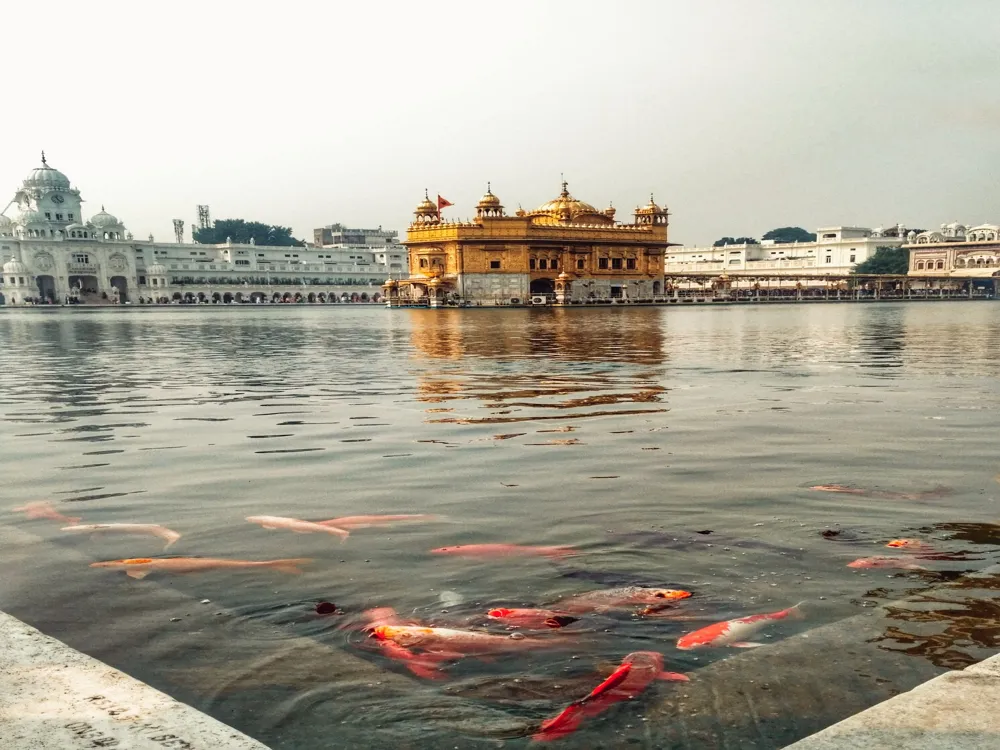Dogra Art Museum, nestled in the heart of Jammu city in Jammu and Kashmir, India, is a treasure trove of the rich cultural heritage and history of the Dogra dynasty. Established in the early 20th century, this museum holds a significant place in the hearts of art connoisseurs and history enthusiasts. It showcases an extensive collection of artifacts that date back to the 1st century and presents a vivid picture of the art and culture that flourished under the Dogra rulers. The museum houses over 800 rare and exquisite paintings from different schools of art including Basohli, Jammu, and Kangra. These paintings depict various themes such as Hindu mythology, landscapes, and royal court scenes. Additionally, the museum is home to a collection of manuscripts, coins, royal jewelry, and armor that tell tales of the glorious past of the region. One of the key highlights of the Dogra Art Museum is its collection of Pahari miniature paintings, which are renowned for their intricate detailing, vibrant colors, and unique style. These paintings not only reflect the artistic skills of the painters but also provide insights into the socio-cultural aspects of the period. The museum also features terracotta heads from Akhnoor, showcasing the craftsmanship of ancient artisans. The Dogra Art Museum is not just a repository of art and history, but it also serves as a center for research and education. It attracts scholars and researchers from all over the world who come to study the rich cultural legacy of the Dogras. The museum frequently organizes exhibitions, workshops, and seminars to disseminate knowledge about the region's art and history. Visitors to the museum are greeted by a serene and welcoming atmosphere, allowing them to immerse themselves in the splendor of Dogra art and history. The museum's staff is knowledgeable and eager to share information, making the visit educational and enjoyable. The Dogra Art Museum is housed in the Mubarak Mandi Palace complex, a magnificent example of Rajasthani, Mughal, and European architectural styles blended harmoniously. The building, an epitome of the grandeur of the Dogra rulers, stands as a testament to their rich cultural and architectural legacy. The museum building is characterized by its intricate carvings, jharokhas (overhanging enclosed balconies), and arches that echo the Rajasthani influence. The ornate ceilings and beautifully crafted doors exhibit the finesse of Mughal architecture. The European influence is evident in the Gothic-style windows and turrets, adding a unique charm to the structure. One of the most striking features of the museum's architecture is the Sheesh Mahal or the Hall of Mirrors. Adorned with colored glass and mirrors, the Sheesh Mahal creates a mesmerizing effect, reflecting the artistic brilliance of the bygone era. The museum's layout is a well-thought-out blend of open courtyards and closed galleries, providing a rhythmic transition between different sections. The use of local materials like stone, wood, and plaster in the construction of the museum showcases the sustainable practices of the past. The intricate latticework, not only adds to the aesthetic appeal but also aids in natural ventilation, keeping the interiors cool. The museum’s design ensures ample natural light, enhancing the viewing experience of the artifacts. The preservation of traditional design elements along with modern conservation techniques makes the Dogra Art Museum a fine example of architectural preservation and adaptation. The best time to visit the Dogra Art Museum is between September and March when the weather in Jammu is pleasant, making it ideal for exploring the museum and its surroundings. Opt for guided tours available at the museum for a more informative experience. The guides are well-versed in the history and significance of the exhibits. There is no strict dress code, but it is advisable to dress modestly. Maintain decorum inside the museum and avoid touching the exhibits. Check the photography rules of the museum. In some areas, photography might be restricted or allowed only without flash. The museum is accessible to wheelchair users. However, it's best to check in advance for any specific accessibility services required. Dogra Art Museum is located in the heart of Jammu city, making it easily accessible by various means of transportation. The Jammu Tawi Railway Station is the nearest railway head, located about 5 kilometers away. Visitors can hire taxis or take local buses to reach the museum. The Jammu Airport, approximately 10 kilometers away, connects the city with major Indian cities. Regular bus services from neighboring states and cities also make it convenient for travelers to visit the museum. Read More: Overview of Dogra Art Museum, Jammu
Architecture of Dogra Art Museum
Tips When Visiting Dogra Art Museum
Best Time to Visit
Guided Tours
Dress Code and Etiquette
Photography Rules
Accessibility
How To Reach Dogra Art Museum
Dogra Art Museum
Jammu
Jammu And Kashmir
₹ 5,000 onwards
View jammu Packages
Jammu Travel Packages
View All Packages For Jammu
Top Hotel Collections for Jammu

Private Pool

Luxury Hotels

5-Star Hotels

Pet Friendly
Top Hotels Near Jammu
Other Top Ranking Places In Jammu
View All Places To Visit In jammu
View jammu Packages
Jammu Travel Packages
View All Packages For Jammu
Top Hotel Collections for Jammu

Private Pool

Luxury Hotels

5-Star Hotels

Pet Friendly








